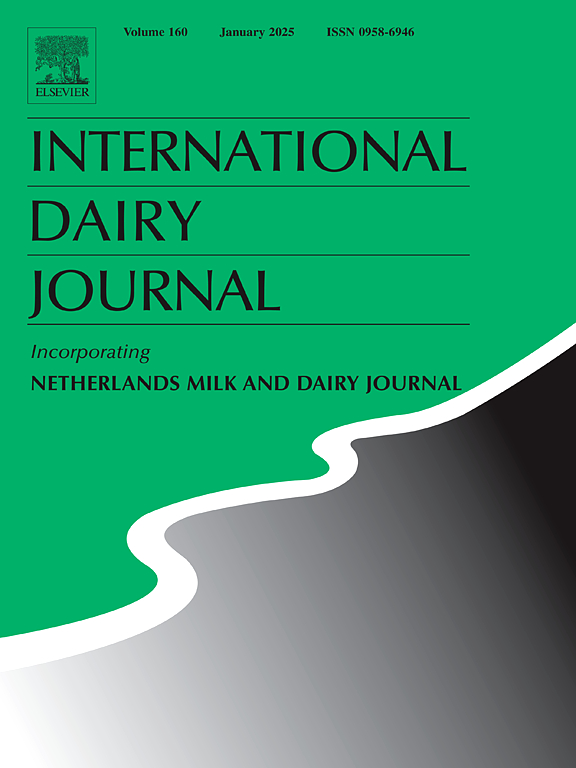Global prevalence of Coxiella burnetii in dairy products: A comprehensive Systematic review and meta-analysis
IF 3.1
3区 农林科学
Q2 FOOD SCIENCE & TECHNOLOGY
引用次数: 0
Abstract
Coxiella burnetii (C. burnetii) is a zoonotic bacterium that causes Q fever, a globally emerging infection. Dairy products with high consumption and demand worldwide have been reported as a potential source of C. burnetii contamination. This is the first systematic review, using meta-analysis to study the global prevalence of C. burnetii in dairy products. A comprehensive literature review was performed using the Medline/PubMed, ScienceDirect, Web of Science, and Scopus databases to locate publications reporting the prevalence of C. burnetii in dairy products up to October 2023. A random-effects model assessed the combined prevalence of C. burnetii in dairy products. 152 studies on dairy products were included in the meta-analysis. The findings indicated that globally, 29% of dairy products were contaminated with C. burnetii. The pooled prevalence of C. burnetii in dairy products such as milk, bulk tank milk (BTM), yogurt, cheese, and cream were 61%, 35%, 25%, 28%, and 4%, respectively. In conclusion, the high prevalence of C. burnetii in milk products is an important health concern worldwide. Due to the significance of milk and other dairy products in our diet, it is crucial to implement specific procedures to protect their quality from C. burnetii contamination.
求助全文
约1分钟内获得全文
求助全文
来源期刊

International Dairy Journal
工程技术-食品科技
CiteScore
6.50
自引率
9.70%
发文量
200
审稿时长
49 days
期刊介绍:
The International Dairy Journal publishes significant advancements in dairy science and technology in the form of research articles and critical reviews that are of relevance to the broader international dairy community. Within this scope, research on the science and technology of milk and dairy products and the nutritional and health aspects of dairy foods are included; the journal pays particular attention to applied research and its interface with the dairy industry.
The journal''s coverage includes the following, where directly applicable to dairy science and technology:
• Chemistry and physico-chemical properties of milk constituents
• Microbiology, food safety, enzymology, biotechnology
• Processing and engineering
• Emulsion science, food structure, and texture
• Raw material quality and effect on relevant products
• Flavour and off-flavour development
• Technological functionality and applications of dairy ingredients
• Sensory and consumer sciences
• Nutrition and substantiation of human health implications of milk components or dairy products
International Dairy Journal does not publish papers related to milk production, animal health and other aspects of on-farm milk production unless there is a clear relationship to dairy technology, human health or final product quality.
 求助内容:
求助内容: 应助结果提醒方式:
应助结果提醒方式:


